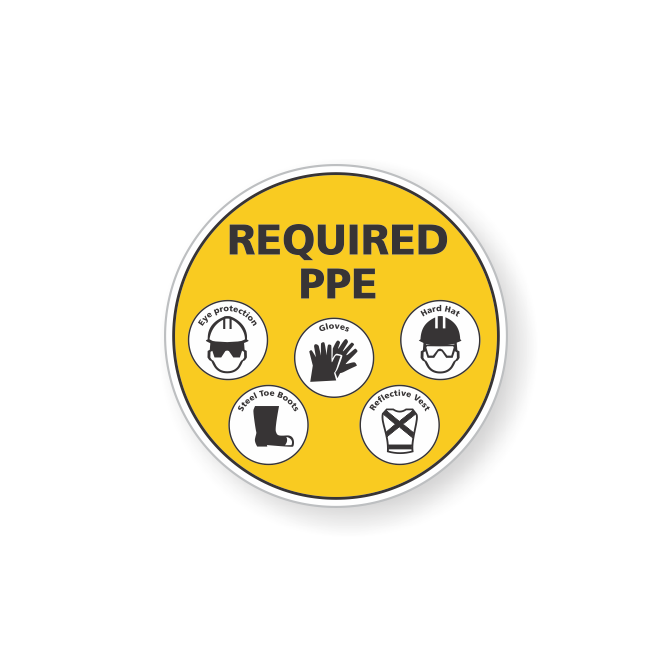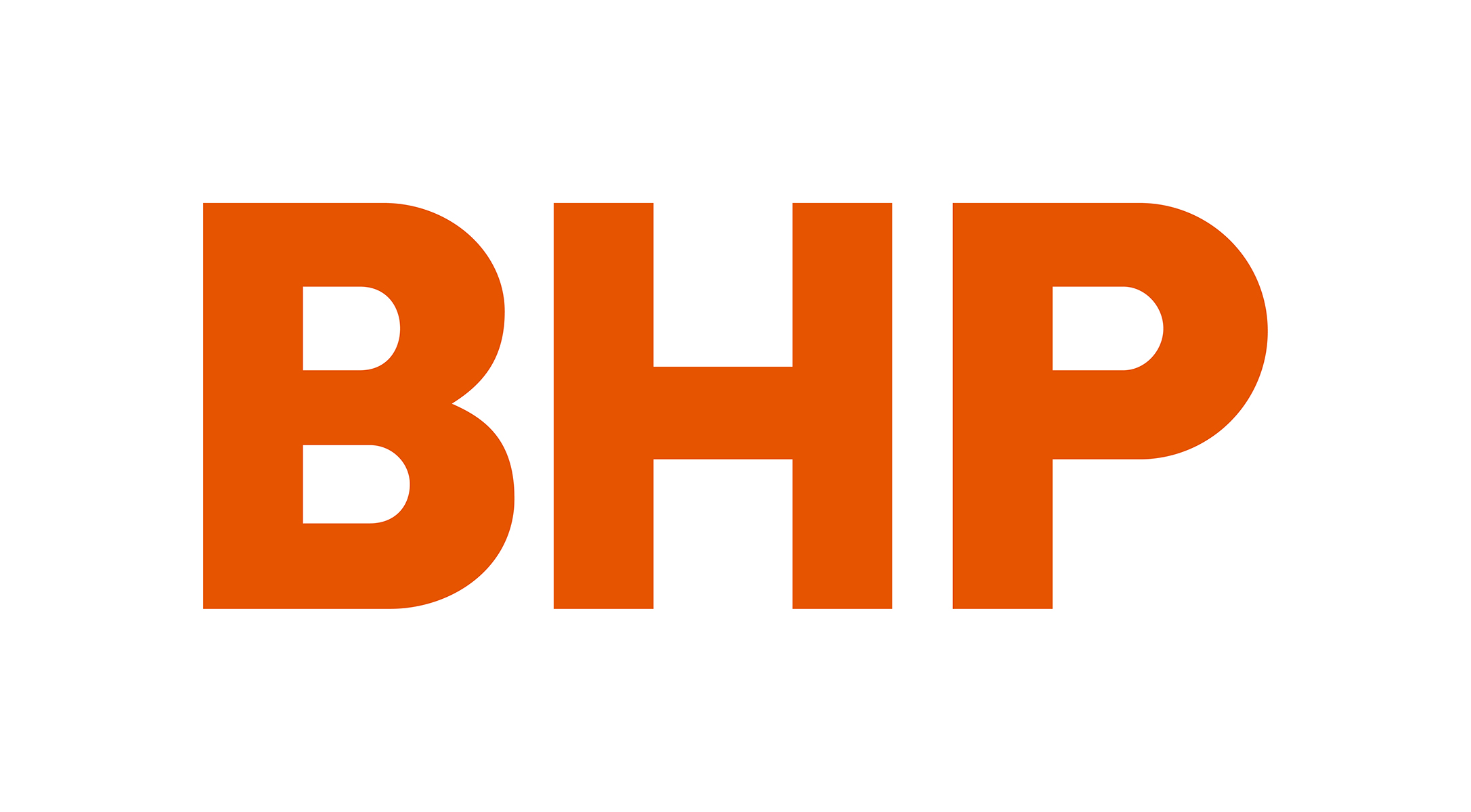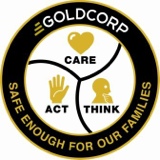Information
-
Name
High Visibility Clothing
-
High Visibility clothing must be in good condition with at least 775 square cm of reflective trim.
-
High Visibility clothing must be a color that contrasts with the environment.
Head Protection
-
Hard hat must be High Visibility and Side Impact
-
Hard Hat must be cleaned regularly and stored appropriately
-
Hard hat must be free of cracks, dents or other damage.
-
Chin strap must be used when working around helicopters
Eye and Face Protection
-
Safety Eyewear must fit properly and include side shields when necessary for worker safety.
Hearing Protection
-
Hearing protection must be worn when working in noisy conditions for prolonged periods of time or in posted noise hazard areas. WorkSafe BC's regulations regarding noise exposure are: 85dBA Lex daily noise exposure level and 140 DBC peak sounds level.
Safety Footwear
-
Must be of a design, construction and material appropriate to the protection required for the work environment. Caulk boots must be worn when working in the woods.
Rain Gear
-
Rain Gear must be adequate for conditions likely to occur throughout the day when working in the woods.
PPE supplied by Employee
Safety Footwear
-
Must be of design, construction and material appropriate to the protection required for the work environment.
Work Clothing
-
Work Clothing, needed for protection against the natural elements, must be adequate for conditions likely to occur throughout the day when working in the woods.
-
Work gloves must be adequate to protect your hands and must be born when required.
Other
-
Additional Comments:
-
I have read the PPE Policy of my company and accept the policy as outlined. By signing this form, I agree to use the appropriate PPE in the situations described above, and report any deficiencies to my supervisor.
-
Employee Signature:
-
Supervisor Signature:
-
Select date












